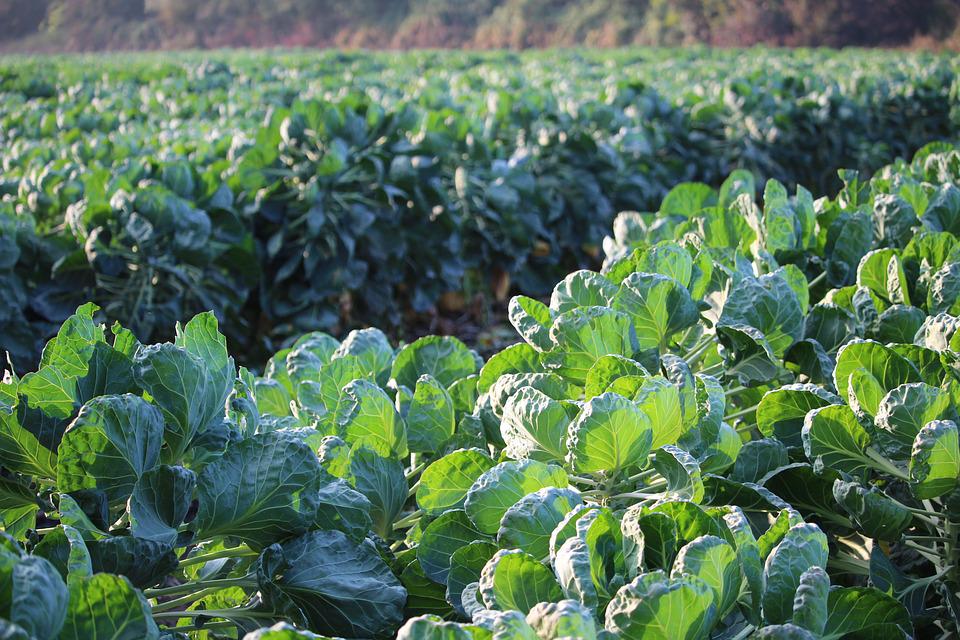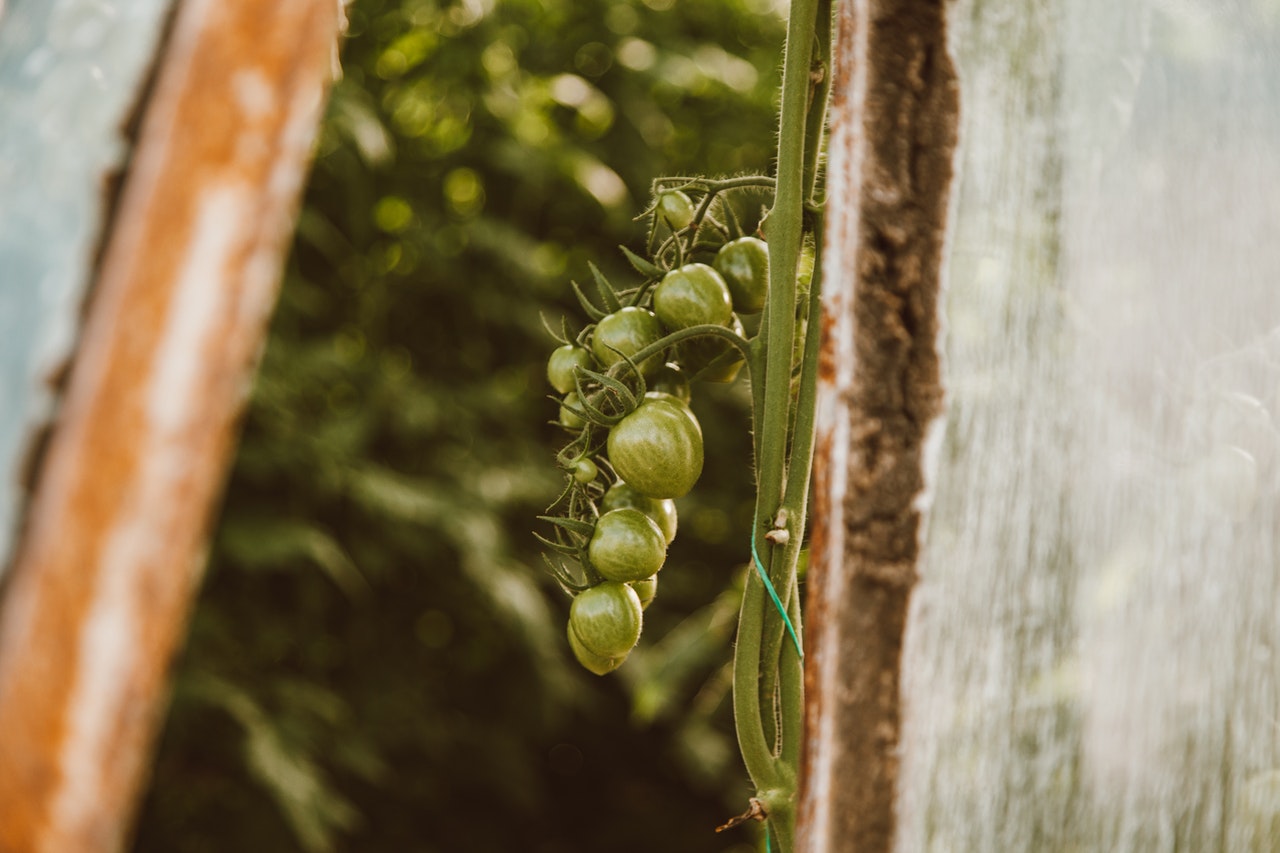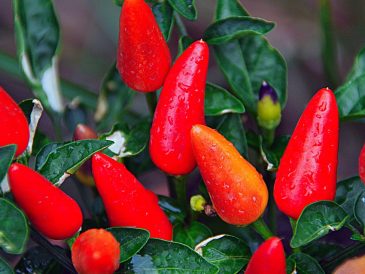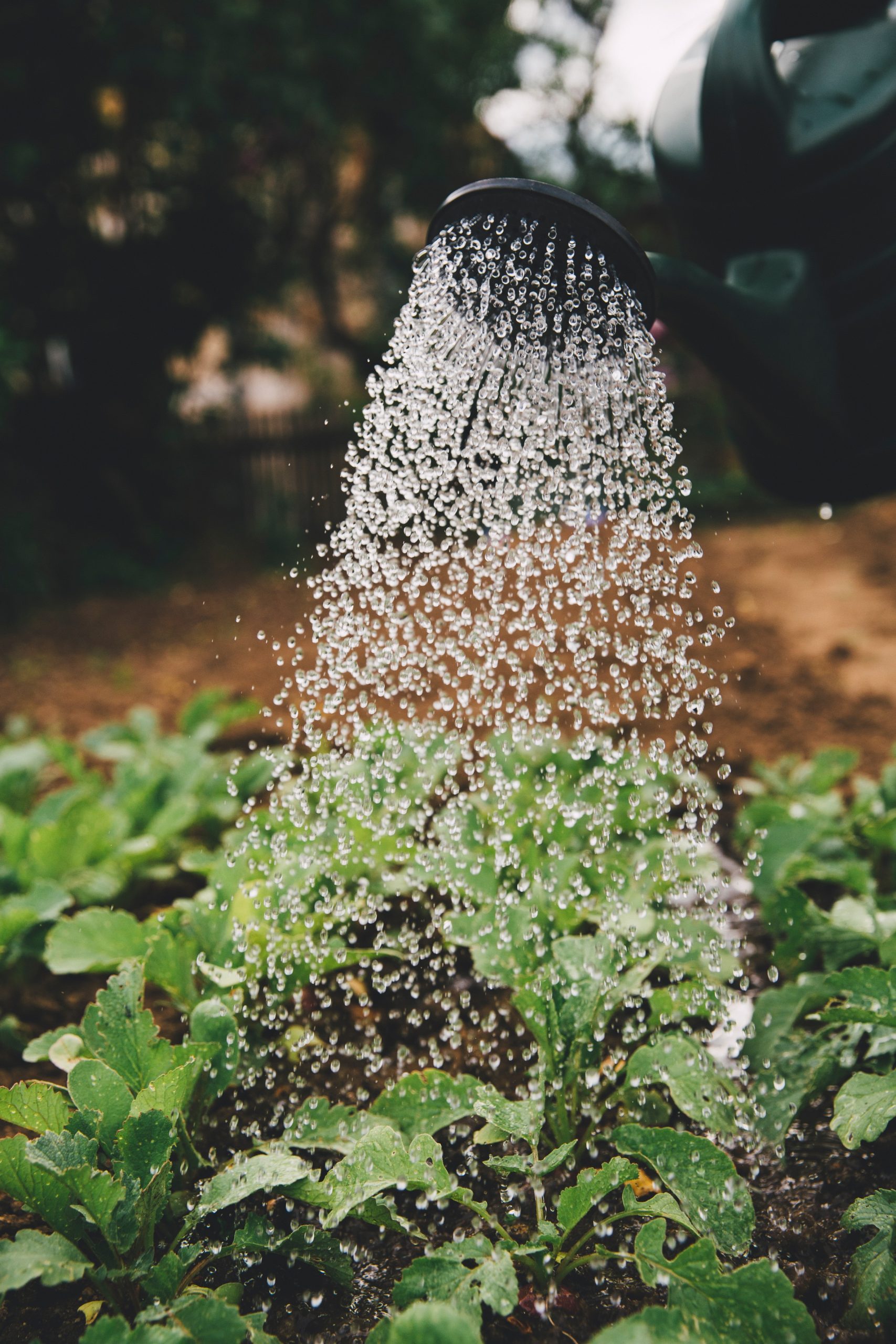Brussels sprouts are a typical winter vegetable. This vegetable is native to the Mediterranean region. This edible green cabbage forms the Brussels sprout itself. It has a distinctive bittersweet taste.
Brussels sprouts are delicious in various dishes, but this winter vegetable is also very healthy. Fortunately, growing Brussels sprouts in the garden is not difficult. This guide provides instructions on sowing, caring for, and harvesting Brussels sprouts yourself.
Growing Brussels Sprouts
There are several options if you want to grow Brussels sprouts in your own vegetable garden. You can also choose an earlier or later harvest time. If you sow directly into the ground, sow in April or May for an early harvest. For a later harvest, it can be done around June.
Grow Brussels sprouts in the greenhouse during February and March. This applies to both early and late harvests; grow them for early emergence in a cool greenhouse or covered container during April and May. For a late harvest, it is best to do so in April, May, or June.
Sowing and Planting Brussels Sprouts
Brussels sprouts are an actual cabbage-like crop. It is best sown and planted in a sunny or semi-shaded vegetable garden area. The ideal sowing distance for Brussels sprouts is 50 x 60 cm. The sowing depth to be maintained is 1 cm. Brussels sprouts reach a height of 60-80 cm. It is a typical winter vegetable and flowers from November to February.
Step-By-Step Plan For Growing Brussels Sprouts Yourself
- Find a sunny or semi-sunny spot in your vegetable garden. This location is ideal for sowing or planting healthy Brussels sprouts.
- Brussels sprouts grow best when sown about 1 cm deep. Holes can be easily drilled with a thumb or branch. The distance between holes is 50 x 60 cm.
- Carefully place the Brussels sprouts in the holes you have drilled. Then cover the holes with potting soil.
- During the first weeks of growth, checking the Brussels sprouts regularly for pests and weeds is essential. Birds, in particular, can prey on the leaves of young plants. During dry periods, water winter vegetables a little more.
Caring for Brussels Sprouts Seedlings
Of course, to enjoy a tasty harvest, they need to be well cared for. Please refer to the following care instructions:
- Brussels sprouts need fertile soil with sufficient nutrients. Avoid fertilizers with high nitrogen content. This will result in smaller sprouts. In addition, the soil must not be too wet.
- Cover the harvested Brussels sprouts with a net to prevent birds from destroying them. A fine mesh net is best. Leave the plants protected until they are about 40 cm tall.
- Provide an organic ground cover. This will keep the soil moist and prevent the Brussels sprouts from being covered by weeds.
- If desired, add color to the stem of the Brussels sprouts. Do this as close to the ground as possible. This will avoid damage from cabbage flies, which like to lay their eggs at the base of the Brussels sprouts.

Harvesting and Storing Brussels Sprouts
Brussels sprouts are best harvested when fully grown and hard closed. They can be easily separated from the mother plant with your fingers. To do so, simply press the Brussels sprouts lightly upward or downward.
After harvesting, fresh Brussels sprouts can be stored in the refrigerator for several days. You can also freeze Brussels sprouts. It is best to cook them quickly first. Freezing is also recommended for those who dislike the slightly bitter taste. Cooking and freezing will give them a sweeter, softer flavor.
Do you have any other tips? Share it with us in the comments below!





